
Find A Professional
More Items From Ergsy search
-

How does methanol poisoning differ from ethanol poisoning?
Relevance: 100%
-

What should you do if you suspect methanol poisoning?
Relevance: 89%
-

What is methanol poisoning?
Relevance: 89%
-

Can methanol poisoning be treated?
Relevance: 85%
-

What are the symptoms of methanol poisoning?
Relevance: 84%
-

Is dialysis used in methanol poisoning cases?
Relevance: 84%
-

Can methanol poisoning cause permanent damage?
Relevance: 83%
-

Why is methanol dangerous to humans?
Relevance: 77%
-

How can methanol poisoning be prevented?
Relevance: 72%
-

How quickly do symptoms of methanol poisoning appear?
Relevance: 71%
-

What types of visual disturbances are associated with methanol poisoning?
Relevance: 56%
-

Is there a specific test to diagnose methanol poisoning?
Relevance: 56%
-

Why is methanol sometimes found in illegally produced alcohol?
Relevance: 53%
-

What are the differences between methanol and ethanol?
Relevance: 48%
-

What is the role of ethanol in the treatment of methanol poisoning?
Relevance: 38%
-

What is fomepizole and how does it work?
Relevance: 35%
-
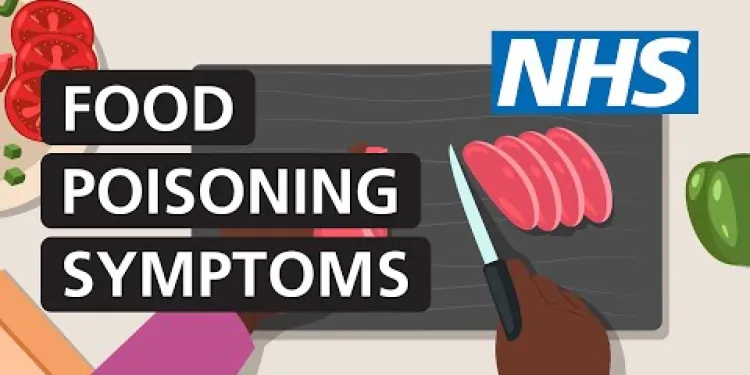
How to tell if you have food poisoning (symptoms) | NHS
Relevance: 32%
-
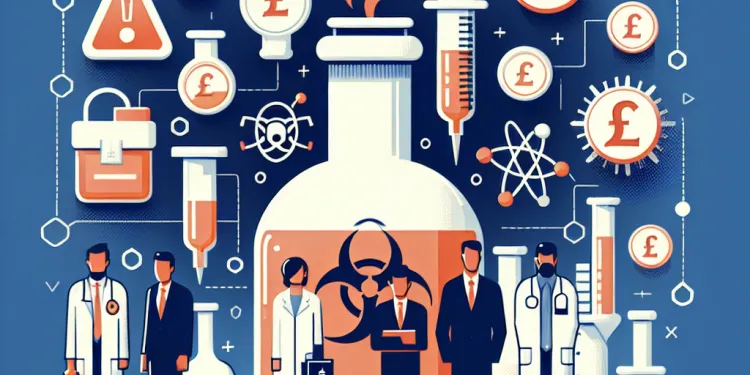
What professions are at higher risk of methanol exposure?
Relevance: 25%
-

What first aid measures can be taken in case of methanol exposure?
Relevance: 20%
-
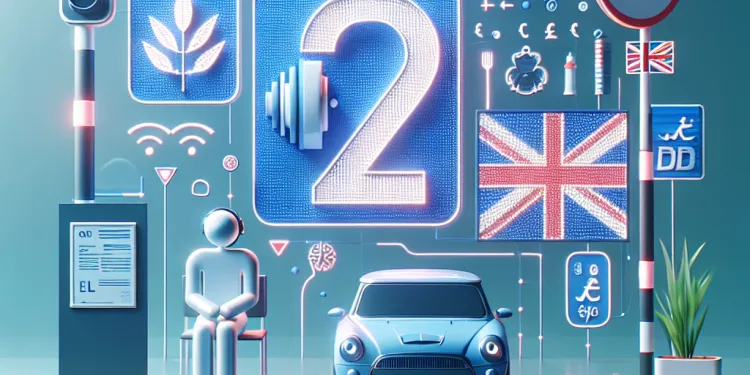
What should I do if I have hearing or visual impairments for the DVSA Theory Test?
Relevance: 17%
-

Charles Bonnet Syndrome
Relevance: 13%
-

What types of self-tests are available for eye patients?
Relevance: 10%
-

What is an Amsler grid and how is it used?
Relevance: 10%
-

Migraine | NHS
Relevance: 8%
-

Are there any poisonous spiders in the UK?
Relevance: 8%
-

Migraine | NHS
Relevance: 8%
-
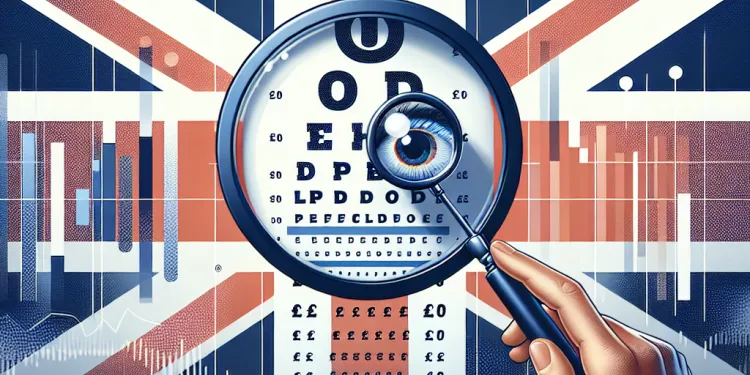
How do I use a vision chart for self-testing?
Relevance: 7%
-
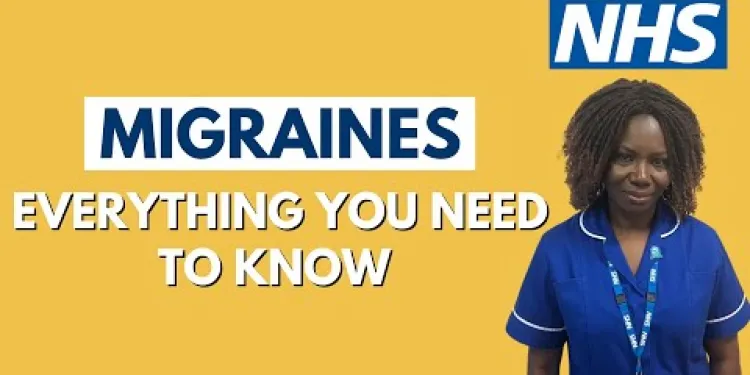
Migraine
Relevance: 7%
-
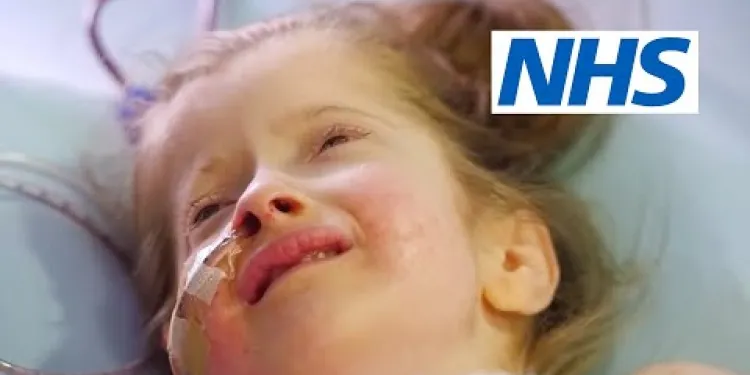
Blood Poisoning - Sepsis
Relevance: 7%
-

What is self-testing for eye patients?
Relevance: 6%
-
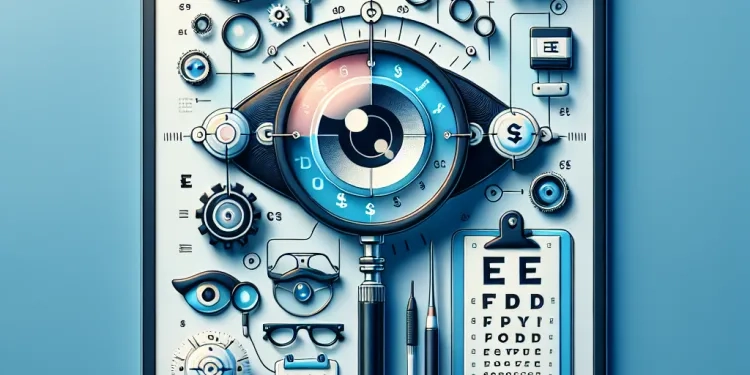
What are the limitations of self-testing for eyes?
Relevance: 6%
-
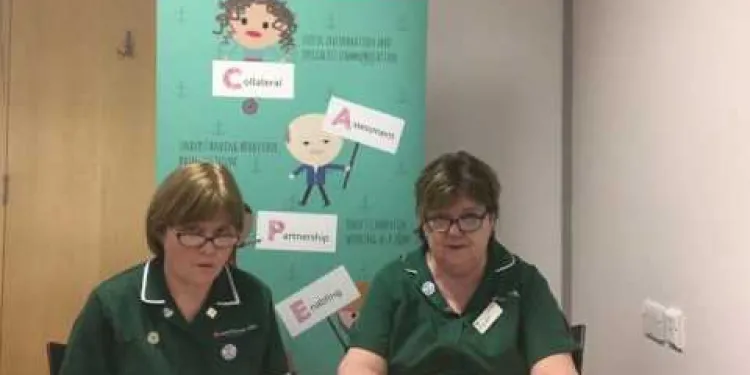
How do you spot delirium
Relevance: 5%
-

How accurate are app-based eye tests?
Relevance: 5%
-

Do I need any special equipment for eye self-testing?
Relevance: 5%
-
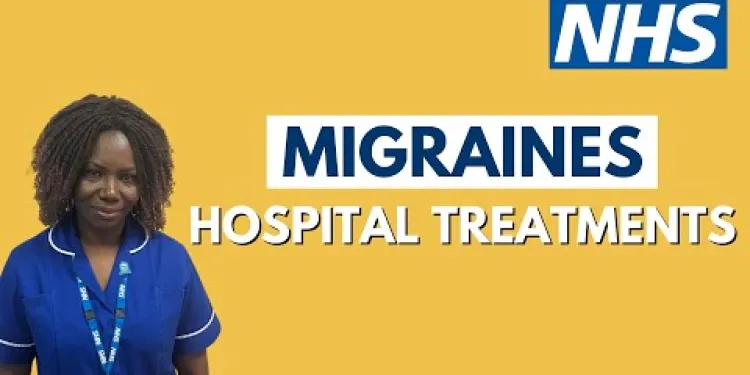
Migraine
Relevance: 5%
-

What is delirium
Relevance: 4%
-

Can I use a smartphone for self-testing my eyes?
Relevance: 4%
-
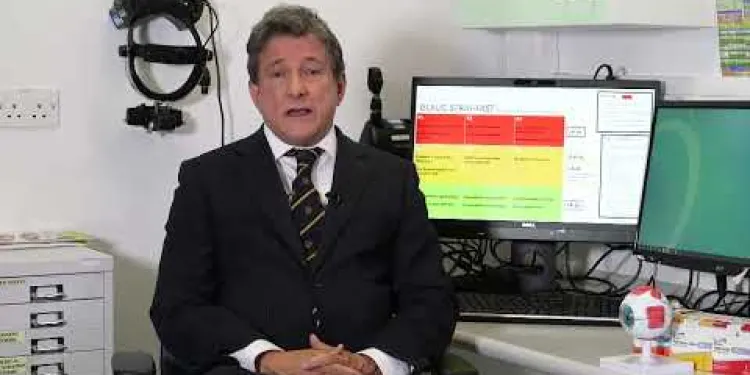
Glaucoma: how does it affect my ability to drive?
Relevance: 4%
-

Are children more affected by screen time in relation to sleep than adults?
Relevance: 4%
-

How to help deaf and hearing impaired patients and staff through Covid
Relevance: 4%
Introduction
Methanol poisoning is a serious medical condition that can lead to severe visual disturbances among other health issues. Methanol, also known as wood alcohol, is a toxic substance that is found in various industrial and household products. When ingested, methanol is metabolized in the body to formaldehyde and formic acid, which are highly toxic compounds. One of the most concerning effects of methanol poisoning is its impact on vision, which can be both acute and long-lasting.
Causative Factors
Methanol itself is not directly harmful to the eyes, but its metabolites, particularly formic acid, cause significant damage. The optic nerve is particularly vulnerable to formic acid, leading to a range of visual disturbances. Methanol poisoning often occurs due to the consumption of adulterated alcoholic beverages or accidental ingestion of products containing methanol.
Common Visual Disturbances
Visual disturbances often begin with symptoms such as blurred vision and changes in colour perception. These initial signs can escalate rapidly, as formic acid accumulates in the body and damages the optic nerve. Affected individuals may experience clouded or dim vision, akin to "looking through a snowstorm" or having a "veil" over their eyes. Additionally, photophobia, or sensitivity to light, is a frequently reported symptom.
Severe Visual Impairment
As the poisoning progresses, more severe symptoms may develop. Patients can suffer from scotomas, which are blind spots in the visual field. In some cases, there is a complete loss of vision, leading to blindness, which can be temporary or permanent depending on the extent of nerve damage. If intervention is delayed, the damage may become irreversible, solidifying the critical need for prompt medical treatment.
Long-term Effects
Even after treatment, some individuals may continue to experience visual disturbances. Permanent damage to the optic nerve can result in lasting deficits, such as decreased visual acuity and persistent scotomas. These effects highlight the importance of early detection and treatment of methanol poisoning to mitigate long-term visual impairment.
Treatment and Prognosis
Treatment for methanol poisoning generally involves the administration of antidotes such as ethanol or fomepizole, which inhibit the formation of toxic metabolites. In severe cases, hemodialysis may be required to expedite the removal of methanol and formic acid from the body. With rapid and appropriate medical care, the prognosis improves significantly, although some visual impairment may still persist.
Conclusion
Visual disturbances are a critical component of methanol poisoning and underscore the poisonous nature of this compound. Understanding the types and progression of these visual symptoms is essential for healthcare providers and the public to ensure timely treatment and prevention of long-term complications. Public awareness around the dangers of methanol and the importance of seeking immediate medical care in case of exposure is vital to prevent permanent damage.
Introduction
Methanol poisoning is when a dangerous substance called methanol makes someone very sick. Methanol is also called wood alcohol. It is in some products at home and in factories. When someone drinks methanol, it changes inside the body. It turns into other dangerous things that can hurt you. One big problem with methanol poisoning is it can make it hard to see, and it can hurt your eyes for a long time.
What Causes Methanol Poisoning?
Methanol itself doesn’t hurt the eyes, but when the body changes it to formic acid, it can cause a lot of harm. Formic acid can damage the optic nerve, which is very important for seeing. People often get methanol poisoning by drinking fake alcoholic drinks or by accident when they use things that have methanol.
Problems with Seeing
At first, methanol poisoning might make things look blurry or change the way colors look. Things can get worse quickly because formic acid builds up and hurts the optic nerve. People might feel like they are looking through a snowstorm or there is a covering over their eyes. Bright lights might hurt their eyes too.
Serious Eye Problems
If things get worse, the person might have blind spots where they can’t see anything. Some people might lose all their vision, which means they might become blind. Sometimes this blindness goes away, but other times it doesn’t. Getting help fast is very important because if you wait too long, the damage might not be fixed.
Long-Term Eye Problems
Even after getting help, some people find out they still have trouble seeing. The optic nerve can stay damaged, making it hard to see clearly all the time. This shows how important it is to find and treat methanol poisoning early so people don’t have these long-lasting eye problems.
How to Help and What to Expect
Doctors treat methanol poisoning by giving special medicines like ethanol or fomepizole. These medicines stop more toxic stuff from forming. If someone is very sick, they might need a special treatment called hemodialysis to help clean their blood. Getting help fast makes the chance of getting better higher, but some people might still have some trouble seeing.
In the End
Methanol poisoning can really hurt a person’s vision. Knowing how these eye problems start and get worse can help doctors and everyone else understand why quick help is needed. It is important to learn about the dangers of methanol and why getting medical help right away can stop it from causing permanent harm to the eyes.
Frequently Asked Questions
Useful Links
- Ergsy carfully checks the information in the videos we provide here.
- Videos shown by Youtube after a video has completed, have NOT been reviewed by ERGSY.
- To view, click the arrow in centre of video.
- Most of the videos you find here will have subtitles and/or closed captions available.
- You may need to turn these on, and choose your preferred language.
- Go to the video you'd like to watch.
- If closed captions (CC) are available, settings will be visible on the bottom right of the video player.
- To turn on Captions, click settings .
- To turn off Captions, click settings again.
More Items From Ergsy search
-

How does methanol poisoning differ from ethanol poisoning?
Relevance: 100%
-

What should you do if you suspect methanol poisoning?
Relevance: 89%
-

What is methanol poisoning?
Relevance: 89%
-

Can methanol poisoning be treated?
Relevance: 85%
-

What are the symptoms of methanol poisoning?
Relevance: 84%
-

Is dialysis used in methanol poisoning cases?
Relevance: 84%
-

Can methanol poisoning cause permanent damage?
Relevance: 83%
-

Why is methanol dangerous to humans?
Relevance: 77%
-

How can methanol poisoning be prevented?
Relevance: 72%
-

How quickly do symptoms of methanol poisoning appear?
Relevance: 71%
-

What types of visual disturbances are associated with methanol poisoning?
Relevance: 56%
-

Is there a specific test to diagnose methanol poisoning?
Relevance: 56%
-

Why is methanol sometimes found in illegally produced alcohol?
Relevance: 53%
-

What are the differences between methanol and ethanol?
Relevance: 48%
-

What is the role of ethanol in the treatment of methanol poisoning?
Relevance: 38%
-

What is fomepizole and how does it work?
Relevance: 35%
-

How to tell if you have food poisoning (symptoms) | NHS
Relevance: 32%
-

What professions are at higher risk of methanol exposure?
Relevance: 25%
-

What first aid measures can be taken in case of methanol exposure?
Relevance: 20%
-

What should I do if I have hearing or visual impairments for the DVSA Theory Test?
Relevance: 17%
-

Charles Bonnet Syndrome
Relevance: 13%
-

What types of self-tests are available for eye patients?
Relevance: 10%
-

What is an Amsler grid and how is it used?
Relevance: 10%
-

Migraine | NHS
Relevance: 8%
-

Are there any poisonous spiders in the UK?
Relevance: 8%
-

Migraine | NHS
Relevance: 8%
-

How do I use a vision chart for self-testing?
Relevance: 7%
-

Migraine
Relevance: 7%
-

Blood Poisoning - Sepsis
Relevance: 7%
-

What is self-testing for eye patients?
Relevance: 6%
-

What are the limitations of self-testing for eyes?
Relevance: 6%
-

How do you spot delirium
Relevance: 5%
-

How accurate are app-based eye tests?
Relevance: 5%
-

Do I need any special equipment for eye self-testing?
Relevance: 5%
-

Migraine
Relevance: 5%
-

What is delirium
Relevance: 4%
-

Can I use a smartphone for self-testing my eyes?
Relevance: 4%
-

Glaucoma: how does it affect my ability to drive?
Relevance: 4%
-

Are children more affected by screen time in relation to sleep than adults?
Relevance: 4%
-

How to help deaf and hearing impaired patients and staff through Covid
Relevance: 4%